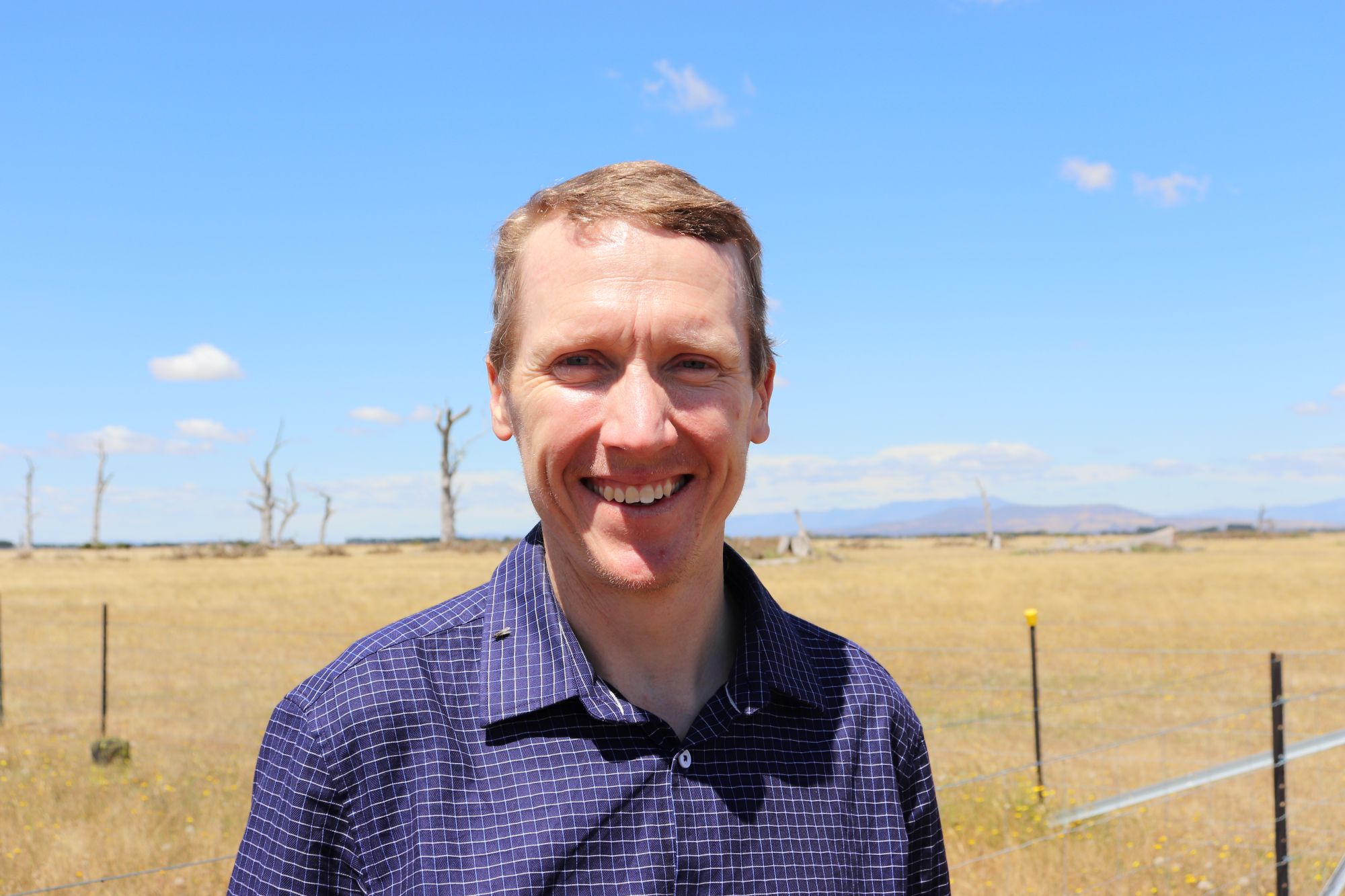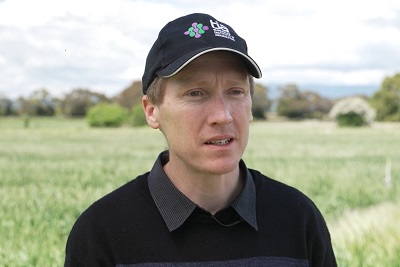A conversation between a Tasmanian farmer and a researcher at the Tasmanian Institute of Agriculture (TIA) about the real cost of achieving net-zero emissions led to a multi-year study now published in a leading international scientific journal.
The study published in Nature Communications quantifies the cost that livestock producers are likely to incur as they strive to achieve net-zero emissions in a changing climate. It reveals that farmers can reduce emissions while simultaneously boosting production and profit.
“One of the greatest challenges of our time is how to decouple the link between agricultural productivity and greenhouse gas emissions,” said lead author Professor Matthew Harrison who is an agricultural systems modeller at TIA.
“Land managers face the challenge of needing to be productive and profitable, curb greenhouse gas emissions, protect our biodiversity and ensure community acceptance to operate.”
The project began five years ago, when a Tasmanian farmer posed a simple yet powerful question: What would it really take and cost for a livestock farm to reach net-zero?
In response, Professor Harrison and his team collaborated with a group of local farmers to explore a wide range of strategies for reducing emissions. Their modelling found that the cost of reducing emissions, depending on the approaches used, can range from more than half of a farm’s annual income to basically no cost if a productivity gain is achieved and multiple interventions are stacked together.
“The key is to combine multiple mitigation strategies,” Professor Harrison said.
“You don’t get major reductions in on-farm emissions from a single practice change. But stacking interventions offers the most cost-effective route to net-zero emissions.
“The top three mitigation strategies that farmers can combine include improving animal breeding to enhance the efficiency of conversion of feed into meat and milk, feeding cattle and sheep in ways that produce less greenhouse gas gasses, and taking more carbon from the atmosphere and storing it in soils and trees.
“The greatest mitigation came from combining anti-methanogenic feed supplements and planting trees, while the greatest profit came from revenue diversification with wind turbines and adoption of livestock genotypes with enhanced feed-conversion efficiency.
“Serendipitously, the intervention with the lowest community acceptance – continuing the status quo and purchasing carbon credits to offset emissions – was also the most costly pathway to transition to net-zero.”

However, Professor Harrison noted it would be difficult for the livestock industry to achieve absolute net-zero emissions. He said it was more realistic to focus on incremental improvements in emissions reductions each year.
“Farmers should be judging their emissions relative to their own farm’s emissions in prior years. They should not be comparing the greenhouse gas emissions of their farm with that of other producers,” Professor Harrison said.
The study was conducted as part of the Carbon Storage Partnership, which is an initiative of Meat and Livestock Australia that aims to build the capability and capacity of Australia’s livestock sector to become carbon neutral by 2030.
Funding was provided by Meat and Livestock Australia, Australian Wool Innovation, and TIA. Co-authors on the paper included Dr Franco Bilotto and Dr Karen Christie-Whitehead.
The article ‘Costs of transitioning the livestock sector to net-zero emissions under future climates’ can be read online.
Stay up-to-date with the latest news and events from the Tasmanian Institute of Agriculture and subscribe to our newsletter.



